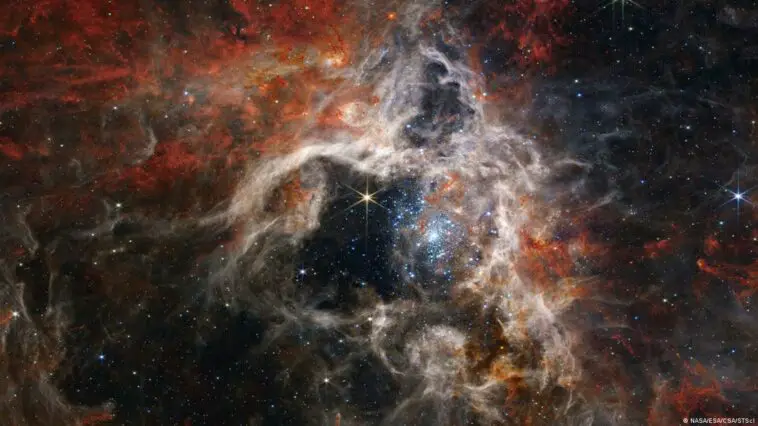Nelson said, “This is further than mankind has ever seen before,” during a news conference held at the Space Telescope Science Institute in Baltimore. The $10 billion operating center observatory, which was launched in December of the previous year, is now circling the Sun a million miles from Earth. Thanks to its massive main mirror and infrared-focused sensors, which enable it to see through dust and gas, the Webb Space Telescope is a marvel of engineering.
It can see further into the universe than any telescope before it. Nelson said, “It’s going to examine items in the solar system and atmospheres of exoplanets circling other stars, providing us hints as to whether maybe their atmospheres are comparable to our own.” Nelson was chatting on the phone while isolated with COVID-19.
Nelson said that Webb could be able to provide some light on certain unanswered topics, such as our origins and the existence of other things. Because of its infrared vision, it can peer farther back in time, to the Big Bang 13.8 billion years ago.
Webb’s spectroscopy tool will examine the chemical and molecular makeup of far-off objects, and a planet’s spectrum can be used to describe its atmosphere and other characteristics like the presence of water and the makeup of its surface.
The Universe can be observed by NASA’s Webb telescope
With Webb’s capabilities, astronomers expect to easily surpass the record for the earliest cosmological observations, which currently only date back 330 million years after the Big Bang.
As a result of the ongoing expansion of the cosmos, the light released by the first stars moves away from the shorter ultraviolet and visible wavelengths it was originally emitted in and toward the longer infrared wavelengths that may be seen with the Webb telescope. Unprecedented resolutions are discernible.
The telescope could continue to function for twenty years, which would be twice as long as originally anticipated, thanks to the successful launch by NASA’s partner Arianespace. Pam Melroy, the deputy administrator of NASA, made this known. Pam Melroy stated, “Those 20 years will enable us to dive deeper into history, time, and science because we can learn, develop, and make new observations.”
Earlier exoplanet spectroscopies performed with existing instruments, according to STSI astronomer Nestor Espinoza, were quite limited in comparison to what Webb could do. Thomas Zurbuchen, NASA’s chief scientist, stated that the agency plans to release Webb’s initial spectroscopy of an exoplanet on July 12. “Right from the start, we’ll look at these planets out there that keep us up at night wondering [whether] there [is] life elsewhere?” declared Zurbuchen.
Source: GeekReporter




